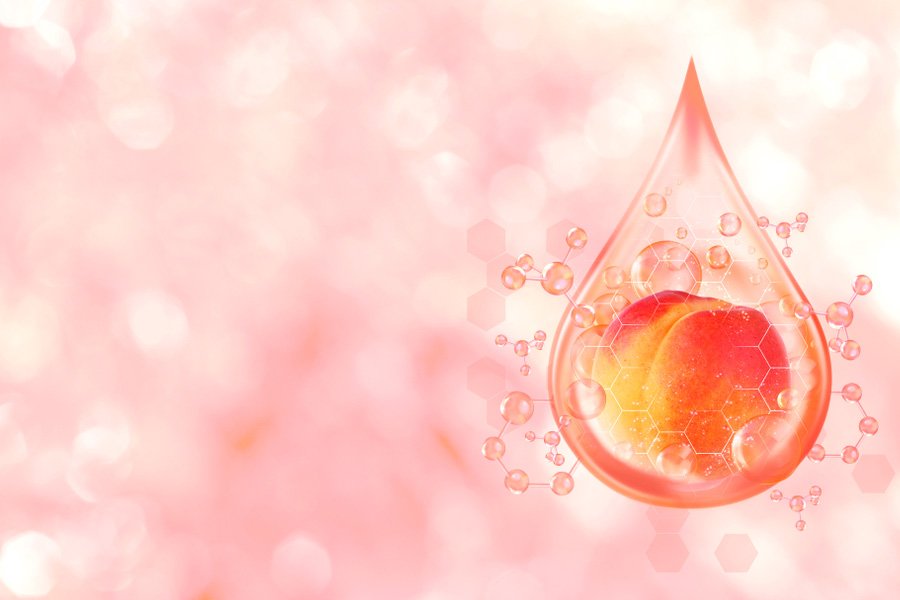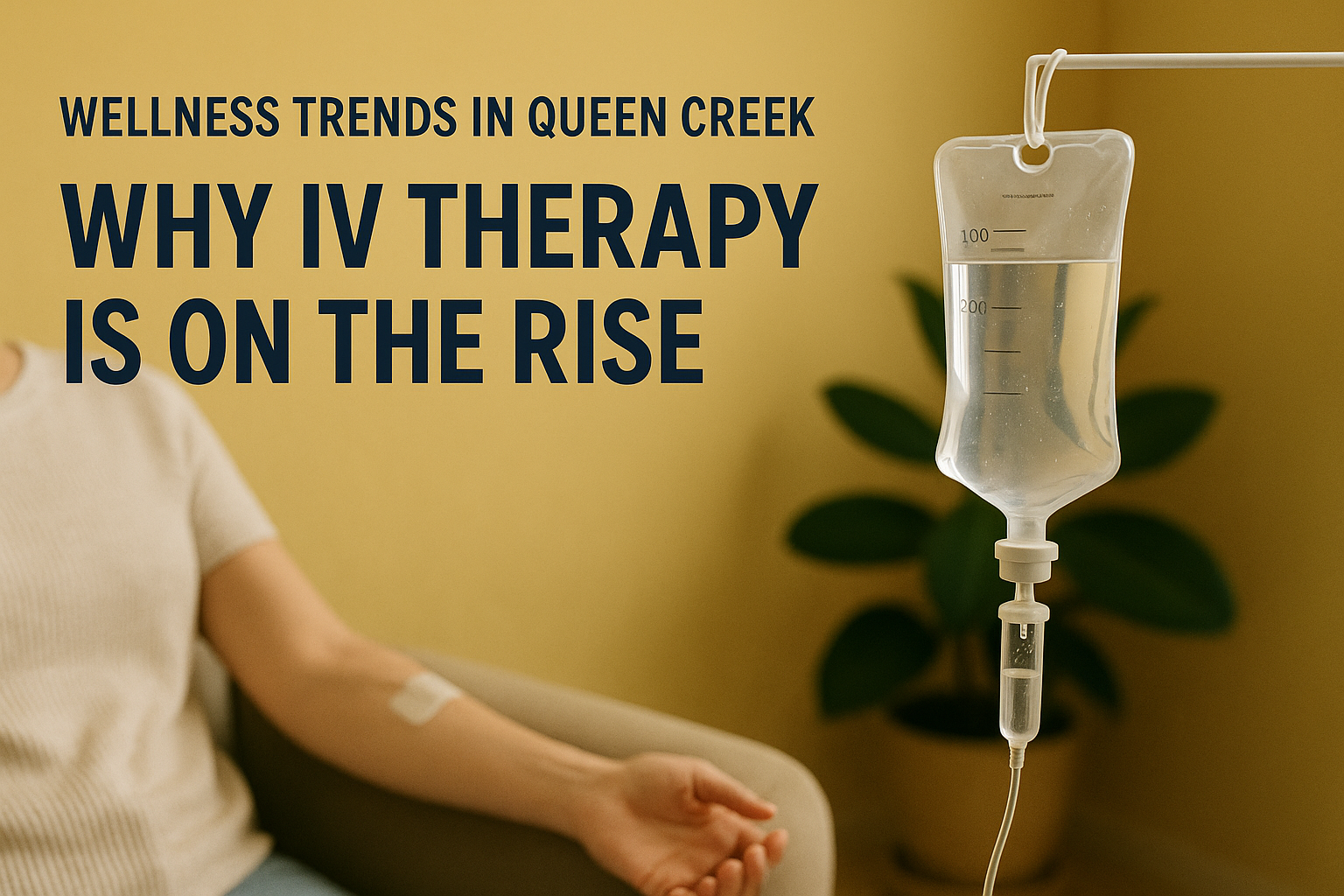IV treatments’ popularity has soared in recent years, thanks to celebrities and social media influencers. As you already know, this type of treatment is administered intravenously and has become a go-to therapy for people to receive the necessary vitamins and minerals. And the good thing about IV therapy? It can be administered from the comfort of your home or workplace. But do IV drips work, as well as others claim?
Before taking an IV drip, it is important to understand its function, benefits, and possible side effects.

Source: shutterstock.com / Photo Contributor: Arnon Thongkonghan
Do IV Drips Work?
The function of IV drips is to provide patients with the necessary vitamins, minerals, and electrolytes, as well as deliver medications for specific medical conditions.
IV drips really work for several reasons:
Rapid delivery- IV drips bypass the digestive system, allowing direct absorption compared to oral ingestion. IV drips may lead to faster and more effective results.
Fluid restoration- IV drips replenish the body with fluids, helping to restore proper hydration levels. IV drips are useful in many medical situations. For instance, an effective IV drip therapy includes rehydrating a patient experiencing dehydration from a gastrointestinal illness.
Medication administration- The fact that IV drips are administered directly into the bloodstream may allow for quicker absorption in the body.
The Benefits of IV Drips
So, are IV drips effective? Yes, they are. IV drips offer several benefits. Among the most important benefits of IV drips are:
Hydration
IV drips may be a great way to rehydrate your body. If you are feeling dehydrated or haven’t had the time to reach the water intake in the past few days, IV drips may help you to rehydrate and fight off the migraine (a common symptom of dehydration).
IV drips quickly replenish body fluids and electrolytes by delivering a carefully balanced solution directly into the bloodstream. This process may effectively restore hydration, making it an effective method to combat dehydration and ensure a swift recovery.
Nutritional support
IV drips can deliver essential nutrients, minerals, and vitamins directly into the bloodstream to ensure proper nourishment of the body. This is especially beneficial for people who have difficulty absorbing nutrients through their digestive system. That is why IV drips are used by people with gastrointestinal disorders or severe malnutrition.

Source: shutterstock.com / Photo Contributor: Thongden Studio
Customized treatments
IV drips can be customized to match individual patient needs. While we offer specific IV therapies to boost one’s well-being, whether for rehydration or to help with a hangover, patients may choose to add specific vitamins or medications to the IV therapy, depending on their needs.
IV therapies may be formed with specific combinations of medications, fluids, or nutrients to address unique conditions or support specific medical treatments.
Types of Nutrients in IV Drips
The following are the nutrients that are most commonly found in IV drips.
Vitamins
IV drips may include a plethora of vitamins, including vitamin C, vitamin B, and vitamin D, among the most commonly used vitamins in such therapies. These vitamins support your overall health, help in energy production, boost the immune system and promote healing. The most common substances in almost every IV drip are vitamin C and vitamin B12 or B complex.
Amino acids
Amino acids, often found as add-ons in IV therapies, are organic compounds that form the building blocks of proteins. Since amino acids are fundamental in normal chemical reactions, they are involved in almost every body function. Combining essential and non-essential amino acids is needed for optimal health and well-being.
Antioxidants
IV drip may include antioxidants like glutathione. Antioxidants help neutralize harmful free radicals, protect from oxidative stress, prevent cellular damage, and support overall health. Moreover, an antioxidant drip helps boost the immune system, energy, and hydration levels.
Electrolytes
IV drips may often contain electrolytes, such as sodium, potassium, calcium, and magnesium. These minerals are essential for maintaining proper hydration, nerve function, muscle contractions, and pH balance in the body. IV drips are the most effective way of replenishing electrolytes.
Micronutrients
Some IV drips may contain elements like selenium, zinc, or copper, essential for many body functions, like immune system support and enzyme activity. In some cases, when oral consumption of micronutrients is not enough, or you cannot absorb the micronutrients in the body, you may need to receive micronutrients through IV drips.
This is usually needed for patients with gastrointestinal disorders.
Potential Risks or Side Effects of IV Drips
Even though IV drips are generally safe, you may experience some side effects during administration. The risks may vary depending on the patient’s health and the substances administered.
Infection
There is a risk of infections at the injection site in case of improper sterilization. The symptoms of IV drip infection include redness and swelling on the insertion site. Some may experience leakage of fluid, blood, or pus from where the needle was.
Electrolyte imbalance
Improper administration of electrolytes in IV drips can lead to imbalances, like high or low sodium, calcium, potassium, or magnesium levels. Electrolyte imbalances can have side effects on the body, like irregular heart rhythms or muscle weakness. That is why it is crucial to establish what substances your body lacks and what is the best IV drip for you.
Allergic reactions
Some people may have allergies to certain substances from the IV drips. This can lead to itching, swelling, or skin rashes. Some people may even develop an allergy to the adhesive tape, usually manifested with a rash.
How to Minimize the Risks and Side Effects?
Nurses and patients should comply with the following practices to minimize IV drips’ risks and side effects.
First, and probably the most important thing, is ensuring safe administration. Besides the obligatory nursing program, IV nurses should also attend conferences and courses to enrich their knowledge and experience in properly administering IV drips.
Second, by maintaining an aseptic technique, medical professionals may ensure a safe IV administration and minimize the risks of infection. Nurses or medical professionals who administer the IV need to maintain good hand hygiene, always wear gloves, and clean the insertion site.
To minimize the risks and complications, nurses should closely monitor patients receiving IV drips to assess for adverse reactions. This includes monitoring vital signs, fluid balance, electrolyte levels, and the condition of the insertion site. Correct dosing is crucial for preventing fluid overload, electrolyte imbalance, and adverse reactions.

Source: shutterstock.com / Photo Contributor: Andrey_Popov
Conclusion
So, do IV drips work? IV drips can effectively deliver fluids, medications, and nutrients directly into the bloodstream. IV drips are beneficial because they may offer hydration, nutritional support, medication delivery, and symptom relief, and you can ask for customized treatments.
As with other medical solutions, several potential risks are involved, like infection, fluid overload, electrolyte imbalance, or allergic reactions. Correctly administering the IV drip and providing proper care for the patient may minimize the risks of infection and other side effects.




